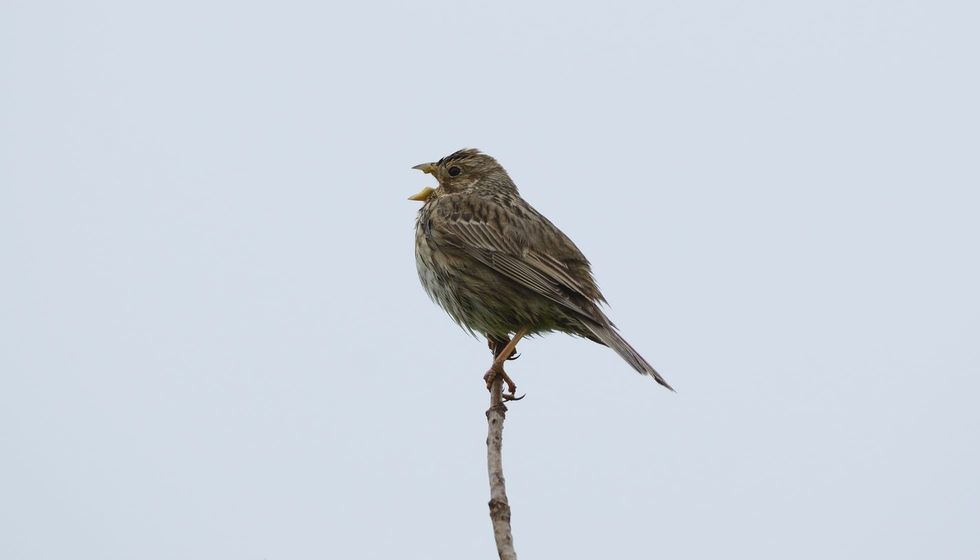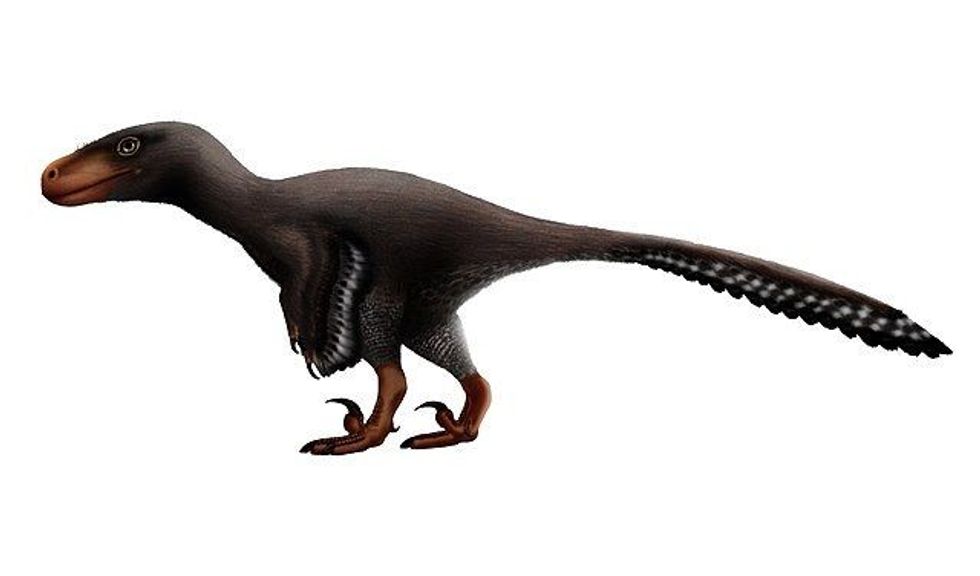Buntings are Old World birds under the order Passeriformes, family Emberizidae. Initially, this family was much larger with many other species. However, they have been separated to create the Passerellidae family that includes New World sparrows, and the Calcariidae family that includes the snow bunting and longspurs.
Primarily, this bird is a seed-eater but also feeds on insects during the breeding season. Different species of buntings are distributed all over the world. For instance, the painted bunting, indigo bunting, lark bunting, and lazuli bunting are natives of northern America.
Buntings come in different shades and colors accompanied by a prominent streaked pattern. These birds are stout-bodied with short, conical bills and thin, pink legs. Their songs are simple without particular melodies but quite distinctive, making their calls easy to identify.
If you have been intrigued and want to check out similar species, click on our corn bunting and indigo bunting pages.
Bunting Interesting Facts
What type of animal is a bunting?
Buntings are birds that belong to the Emberizidae family, order Passeriformes, and genus Emberiza.
What class of animal does a bunting belong to?
All species in this family, such as painted buntings, the lark bunting, the snow bunting, the lazuli bunting, and many more species belong to the class of Aves.
How many buntings are there in the world?
The exact number of these birds in the world is unknown. However, the distributed bunting range is spread all over the world and most of their populations have a stable trend.
Where does a bunting live?
These birds are found in North America, Europe, Asia, and Africa. For example, the painted bunting from North America is quite popular especially in the regions of Texas, Mexico, Cuba, Canada, and Florida. Similarly, the snow bunting is native to the Arctic tundra region.
What is a bunting's habitat?
These birds can be found in a range of habitats such as farmland, shrubs, woodland, grasslands, and marshes.
Who do buntings live with?
These birds have different ways of living. Some form monogamous pairs, some are solitary, while some others flock together during migration.
How long does a bunting live?
The exact lifespan of these birds varies when we compare them with similar species. For example, the painted bunting from Texas and the indigo bunting live for over 10 years, while the lark bunting has a lifespan of around four and a half years.
How do they reproduce?
This bird has different reproduction patterns across all the different species. Some species are monogamous and will display distinct courtship behavior with a series of calls and flights.
For instance, painted buntings are monogamous but sometimes may indulge in polygamy. These birds are ground-dwellers, so they build their nest on or just above the ground in shrubs, bushes, or grass. Their nest is mostly wide cup-shaped and made using moss, leaves, spider webs, rootlets, and grass.
Although it varies, the female lays two to five eggs and incubates them for around 10-14 days. For example, the snow bunting has a longer incubation period because of its harsh, cold habitat, whereas the painted bunting incubates for only 10 days.
What is their conservation status?
Different species of these birds have been given varied statuses by the IUCN, although most are Least Concern. The painted bunting and indigo bunting are considered Least Concern, while the yellow-breasted bunting status is Critically Endangered.
Bunting Fun Facts
What do buntings look like?
These birds have small, rounded bodies with a stout beak that is somewhat similar to a finch. Some of them are sexually dimorphic, while some have different breeding and non-breeding plumage.
They come in a variety of colors, but the Old World bird species show prominent brownish-black streaks in their plumage, especially the male. Bunting passerina, from the family Cardinalidae comprising the New World species showcase a vibrant display of colors in their plumage.
For example, the blue, yellow, black, red plumage of the painted bunting from Texas and the teal, royal blue contrast of the indigo bunting.
Male birds are usually more colorful than the brownish plumage of the female. These birds have medium-size, semi-forked tails, thin, stick-like feet, and brown-black eyes.
How cute are they?
These birds are tiny and have stubby bodies with puffy chests. They have adorable faces with a round head, beady eyes, and a small, conical beak.
How do they communicate?
The bunting call varies. For example, painted buntings sing around 10 songs every minute while establishing their territorial boundaries. Other males respond and repeat the cycle. Moreover, these birds migrate in flocks during the winter move as well.
How big is a bunting?
This bird and its species can be measured between 2.6-9.4 in (6.7-24 cm). The smaller species would be around the same size as the coal tit, while the bigger ones, mostly males, can be as big as the metallic starling.
How fast can a bunting fly?
The speed at which the bunting bird flies has not been recorded. However, when considering other species such as painted buntings or varied buntings, they have a quick, steady flight with occasional glides.
How much does a bunting weigh?
The male usually weighs more than the female but the average weight of buntings is 0.3- 1.4 oz (10-40 g).
What are the male and female names of the species?
There are no separate names for the male and female bunting birds.
What would you call a baby bunting?
A young bunting is called a chick or juvenile.
What do they eat?
The diet is similar among most species of bunting. Passerina birds from the family Cardinalidae or Calamospiza birds from the family Passerellidae are all buntings and they feed on seeds, fruits, insects, and berries. Even during the winter, buntings scrape the ground to feed on seed varieties and insects.
Are they rare?
No, this bird is found on almost four continents of the world. Some of them are migratory and move southwards during the winter. They make up a significant number of North American birds as well as a popular sight in Asia, Europe, and Africa.
Would they make a good pet?
No, these birds are meant to be free in dense forests, grassland, or woodland, while migrating in the winter.
Did you know...
There are different types of buntings across the family Emberizidae, Cardinalidae, Passerellidae, and Calcariidae. However, all of them except the Emberizidae family belong to the New World birds.
Some of the Old World birds include the golden-breasted bunting, Gosling's bunting, common reed bunting, little bunting, cirl bunting, gray bunting, and corn bunting. Among the New World buntings, we have the painted bunting, indigo bunting, lazuli bunting, and varied bunting.
Which bunting is the most colorful?
Any bird guide writing about buntings will confirm that painted bunting males are one of the most colorful. These ground-dwelling males have different bright shades of yellow, red, green, blue, and black in their feathers.
How do you attract a bunting?
Since this bird feeds mostly on seeds, you can install bird feeders with tiny grains like Myjer, sunflower seeds, or white proso millet. Ensure that you use a tube feeder or a hopper to make it comfortable for the bunting birds.
Furthermore, you can also install a shallow birdbath because buntings enjoy drinking water, as well as bathing in it.
Here at Kidadl, we have carefully created lots of interesting family-friendly animal facts for everyone to discover! Learn more about some other birds from our canyon wren facts and sociable weaver Facts pages.
You can even occupy yourself at home by coloring in one of our free printable bunting bird coloring pages.









